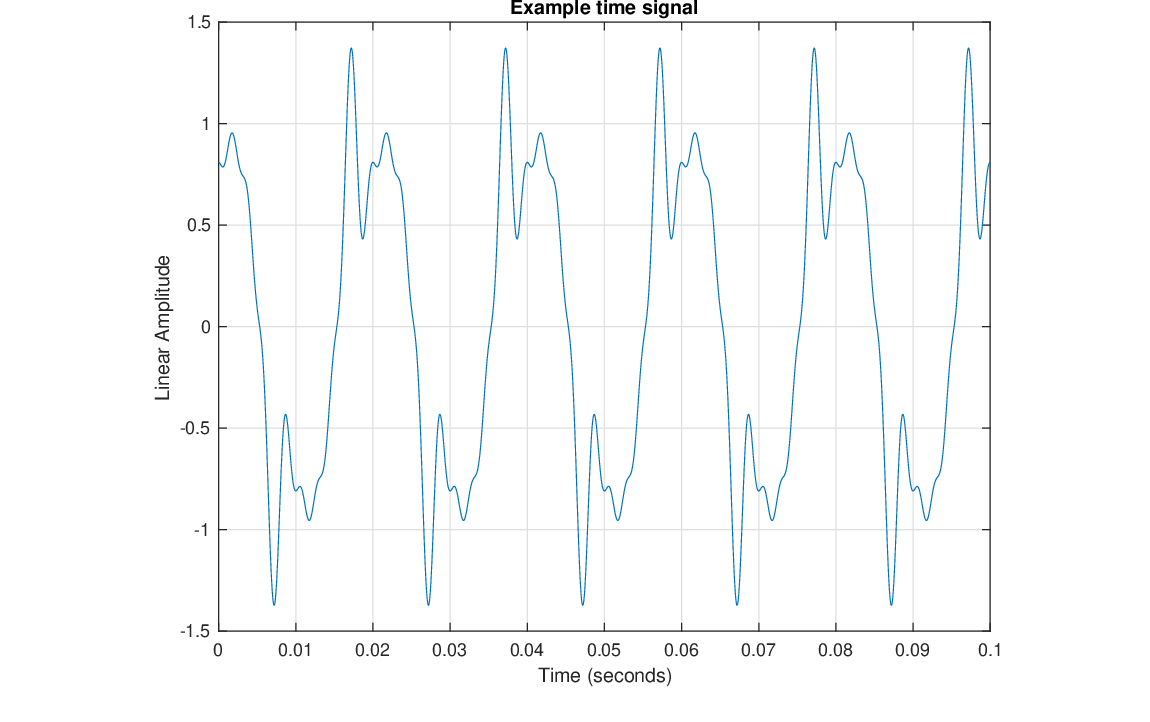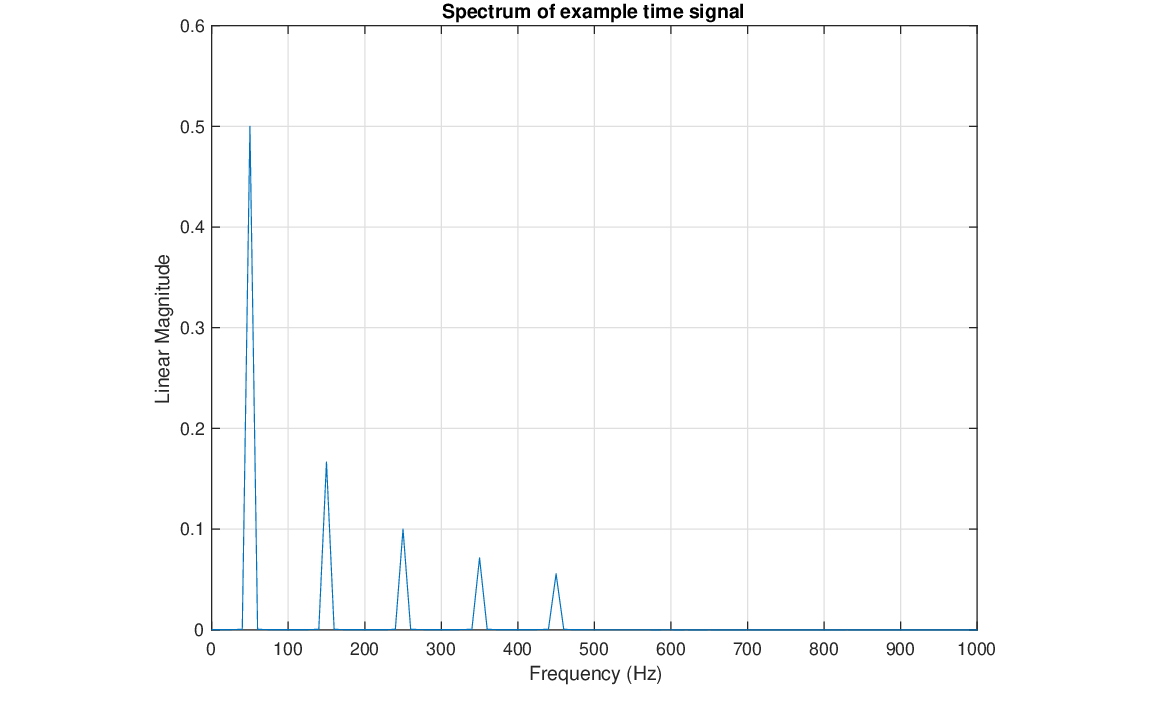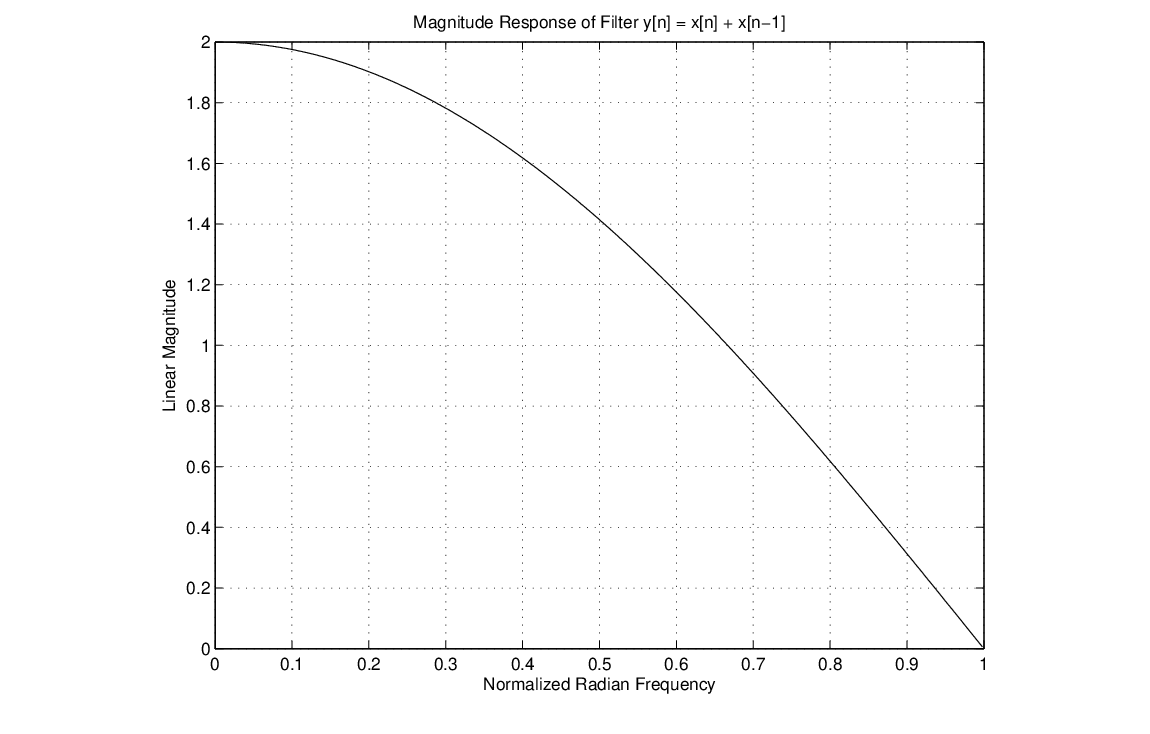Next: Exponential Decay and Time Constants Up: Discrete-Time Signals, Amplitude and Frequency Previous: Signals: Sampling and Aliasing
 at least when coming in from or being fed out to audio hardware systems.
at least when coming in from or being fed out to audio hardware systems.
 times greater than the “threshold of audibility.” Thus, it is sometimes convenient to express amplitudes in logarithmic units called decibels.
times greater than the “threshold of audibility.” Thus, it is sometimes convenient to express amplitudes in logarithmic units called decibels.
 is the inverse of the exponential expression
is the inverse of the exponential expression  . The value
. The value  is referred to as the “base”, which is chosen to be a positive real number. The most common bases for logarithms are 10,
is referred to as the “base”, which is chosen to be a positive real number. The most common bases for logarithms are 10,  , and 2.
, and 2.
 of sound intensity relative to some reference intensity level. Since signal intensity, power, and energy are proportional to the square of signal amplitude, amplitude relationships in dB are given by
of sound intensity relative to some reference intensity level. Since signal intensity, power, and energy are proportional to the square of signal amplitude, amplitude relationships in dB are given by  of sound amplitude to a reference amplitude.
of sound amplitude to a reference amplitude.
 , in which case a maximum linear amplitude of 1 corresponds to 100 dB and 0 dB is considered inaudible (giving a convenient dB range from 0 to 100).
, in which case a maximum linear amplitude of 1 corresponds to 100 dB and 0 dB is considered inaudible (giving a convenient dB range from 0 to 100).

| ©2004-2025 McGill University. All Rights Reserved. Maintained by Gary P. Scavone. |